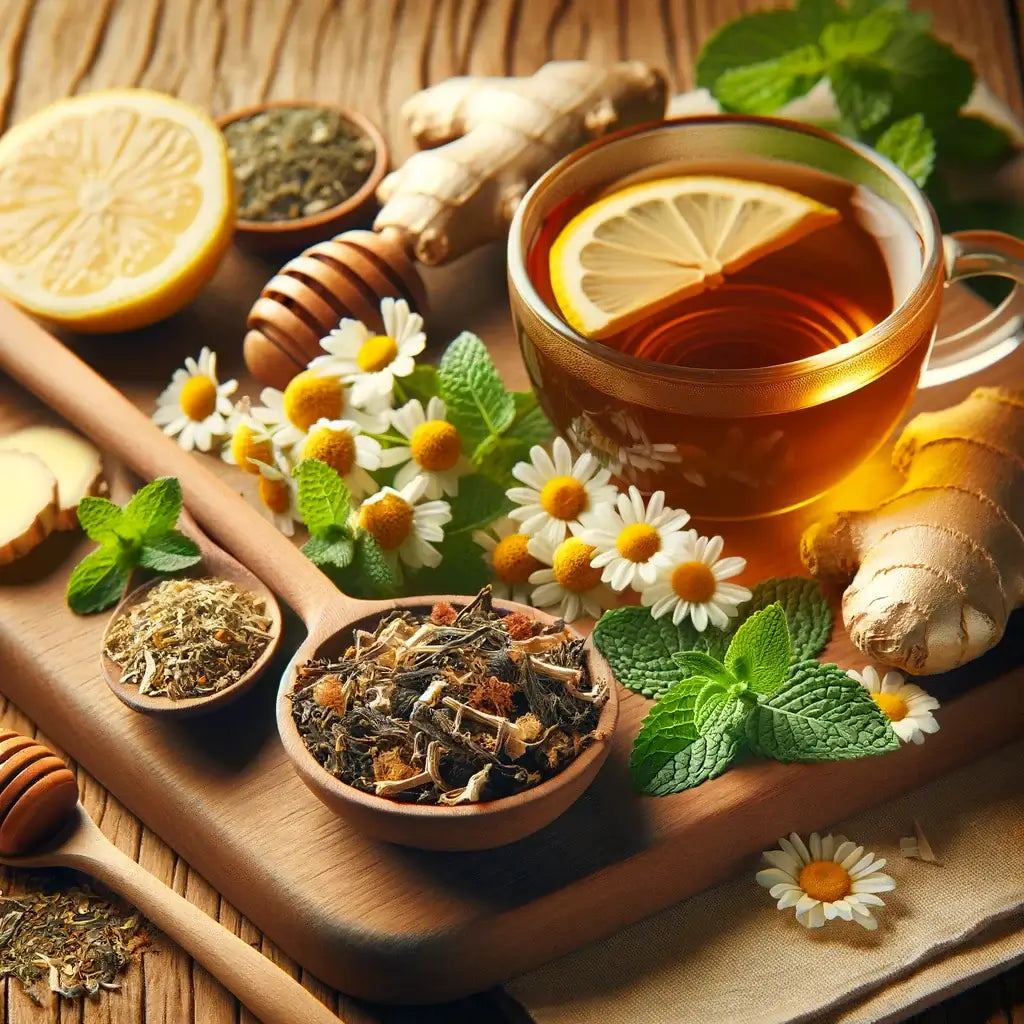Friends, herbal enthusiasts, and wayfarers on the green path, buckle up for the wild journey into the heart of Cramp Bark (Viburnum opulus), known also by names as poetic as the Guelder Rose and Snowball Tree. It's a fascinating expedition that takes us deep into the wooded lands of Europe, Asia, and North America, where the power of Cramp Bark has been harnessed for generations.
The dark bark of this deciduous shrub isn't just a pretty facade; it holds an arsenal of natural remedies. Revered by Native Americans and European herbalists, Cramp Bark has a history bathed in the mystery of old-world medicine, and its name reveals its purpose. The bark is known to alleviate cramps, spasms, and muscle tension.
A Historical Glimpse in Cramp Bark
In European folk medicine, Cramp Bark was synonymous with soothing menstrual cramps and aiding childbirth. Women would seek this incredible herb as a remedy to ease their monthly pain. It wasn't just limited to women; warriors and hunters would also use the bark to relieve muscle spasms after arduous battles or hunts.
Across the pond, Native American tribes were well aware of the bark's virtues, employing it in their medical practices to alleviate kidney complaints and to reduce blood pressure.
The Science Behind the Relief
The muscle-relaxing abilities of Cramp Bark come from compounds like viopudial, which is known to have antispasmodic properties. When consumed as a tea or tincture, it targets muscle tissues, relaxing them, thus bringing comfort to cramping muscles.
A Special Tea Elixir of Tranquility Recipe with Cramp Bark
Want to experience the power of Cramp Bark? Here's a soothing tea recipe that combines other healing herbs:
Ingredients:
- 1 tablespoon of Cramp Bark
- 1 teaspoon of Chamomile Flowers
- 1 teaspoon of Peppermint Leaves
- 1 teaspoon of Ginger Root
- Honey or Lemon for taste
Instructions:
- Bring the water to a gentle boil and add the Cramp Bark, letting it simmer for 10 minutes.
- Add the Chamomile, Peppermint, and Ginger, steeping for another 5 minutes.
- Strain into a cup and sweeten with honey or lemon if desired.
Precautions:
Cramp Bark is generally considered safe, but consultation with a healthcare provider is advised for pregnant women or those with specific health conditions. This bark can interact with some medications, so awareness of its usage is essential.
Unveil the Secrets Yourself
Cramp Bark is calling you to explore its deep-rooted traditions and modern-day applications. Discover Cramp Bark with Sacred Plant Co and forge your own connection with this time-honored herbal ally.
So, fellow travelers, until our next herbal escapade, wander with curiosity and embrace the gifts of Mother Earth with respect and wisdom!





